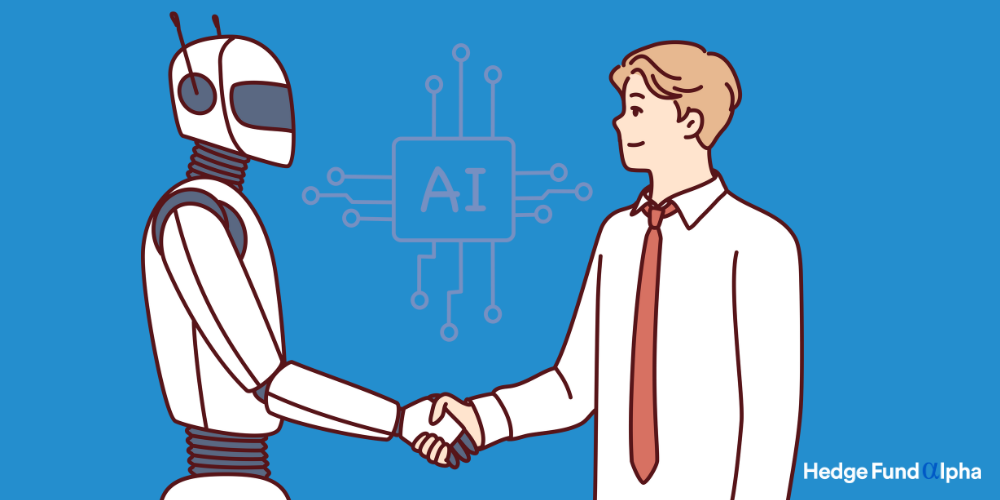As improvements in artificial intelligence continue apace, so do questions about how AI will influence economies, asset prices and — the question of the moment — interest rates: Is AI more likely to make them go up or down?
You might think economists would have a simple handle on such a straightforward query, but the both macroeconomics and AI are complex. Nevertheless, I have a bold prediction: Real inflation-adjusted rates will go up, and for a considerable period of time.
The conventional wisdom is that rates tend to fall as wealth and productivity rise. It is easy to see where this view comes from, as real rates of interest have been generally falling for four decades. As for the theory, lending becomes safer over time, especially as the wealth available for saving is higher.

So why might these mechanisms stop working?
My counterintuitive prediction rests on two considerations. First, as a matter of practice, if there is a true AI boom, or the advent of artificial general intelligence (AGI), the demand for capital expenditures (capex) will be extremely high. Second, as a matter of theory, the productivity of capital is a major factor in shaping real interest rates. If capital productivity rises significantly due to AI, real interest rates ought to rise as well.
Think about capex in a world of AI. The scurry to produce more high-quality semiconductor chips will continue. Those investments are not easy or cheap. But the demand for investment will not stop there. The more that AI is integrated into lives and business plans, the higher will be the demand for computation. That will induce a significant expansion of energy infrastructure.
Again, those are not cheap investments. Northern Virginia, for example, is now facing a major dilemma along these lines, and not only because of AI. The region is home to major data centers, and now needs the equivalent of several large nuclear power plants to meet projected energy demands.
And that could be just the beginning of the rise in capex. AI is already driving some advances in the pace of scientific discovery, a trend that can be expected to continue. Imagine, for instance, if AI made water desalination cost-effective in many parts of the world. All of a sudden there would be more demand to develop more parts of California, Arizona and Nevada. The US would build more real estate, using more energy in the process. Saudi Arabia, the UAE and many other places might do the same, boosting overall demand for investment yet higher.
Demand for space travel and satellite launches seems to be rising as well, partly because of AI. Software innovation is driving a lot of progress on the hardware side. Less optimistically, AI-driven warfare and drone combat may rise in importance, as already is true in Ukraine and the Middle East. This is bad news that will nevertheless drive further investment.
Read the full article here by Tyler Cowen of Bloomberg News, Advisor Perspectives

